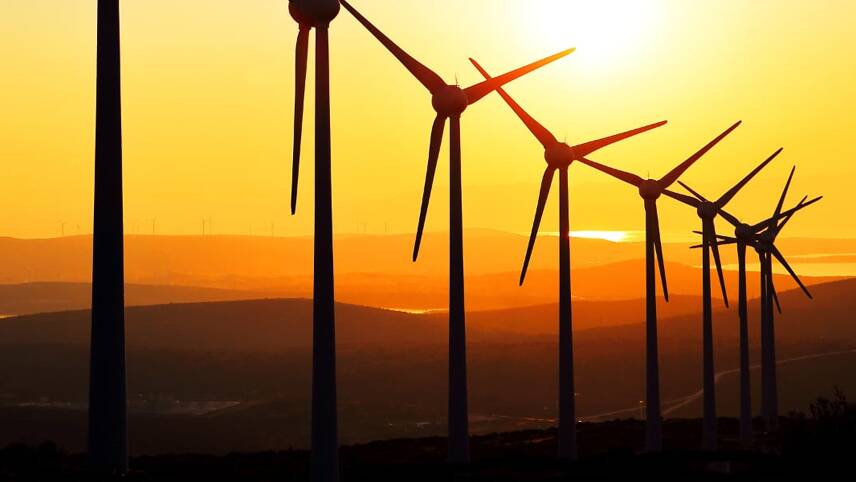This is the Sponsored paywall logged out

Renewed support for onshore wind and solar has pushed the UK up to sixth place in the latest edition of EY’s biannual Renewable Energy Country Attractiveness Index (RECAI).
It is the second rise in a row after the UK moved one spot to seventh in the previous edition in November.
EY said the UK’s position has been buoyed by the government’s decision to allow onshore wind and solar projects to compete in the next Contracts for Difference auction in 2021 – the first time they have been able to do so since the inaugural auction in 2015.
The accountancy firm also noted several recent milestone for renewables in the UK, including a new record for their monthly share of generation – 57 per cent in April.
RECAI chief editor Ben Warren said: “As demand for electricity has fallen, resulting in a drop in power prices, the next few months could be challenging for the renewables industry as it may struggle to compete on price with fossil fuel alternatives. However, the future looks bright for renewables.
“While new renewable installations may well be down as much as 10 per cent in 2020 compared to 2019 levels, there is an expectation that the industry will be more resilient than others, with some predicting a bounce back in 2021, particularly if government starts to provide more subsidies – reversing its move to a subsidy free environment – and corporates continue to support renewables with power purchase agreements that help to provide security of revenue.”
In terms of specific technologies, the UK placed second in the world for onshore and offshore wind – in both cases falling just behind the US which finally ousted China from the top overall spot after several years in first – but ranked 27th out of 40 for solar photovoltaic (PV).
Meanwhile, analysis by Cornwall Insight has found that the pipeline of renewable energy projects in the UK currently stands at 38.7GW across 845 locations. The majority – 22.9GW – is classed as “awaiting construction”.
The consultancy said 3.2GW has booked transmission entry capacity. Of the remaining pipeline, two thirds is expected to connect at the transmission level and a third at the distribution level.
“Standalone battery is a key pipeline technology, accounting for the largest share by technology type in 8 out of 14 DNO regions, followed by solar PV,” said Cornwall analyst Lucy Dolton.
“Offshore wind is expected to dominate transmission connections but, notably, more large-scale onshore wind and even solar PV assets are likely to seek transmission connections. This is likely due to the economies of scale new sites are looking to achieve, especially those going subsidy-free.”




Please login or Register to leave a comment.